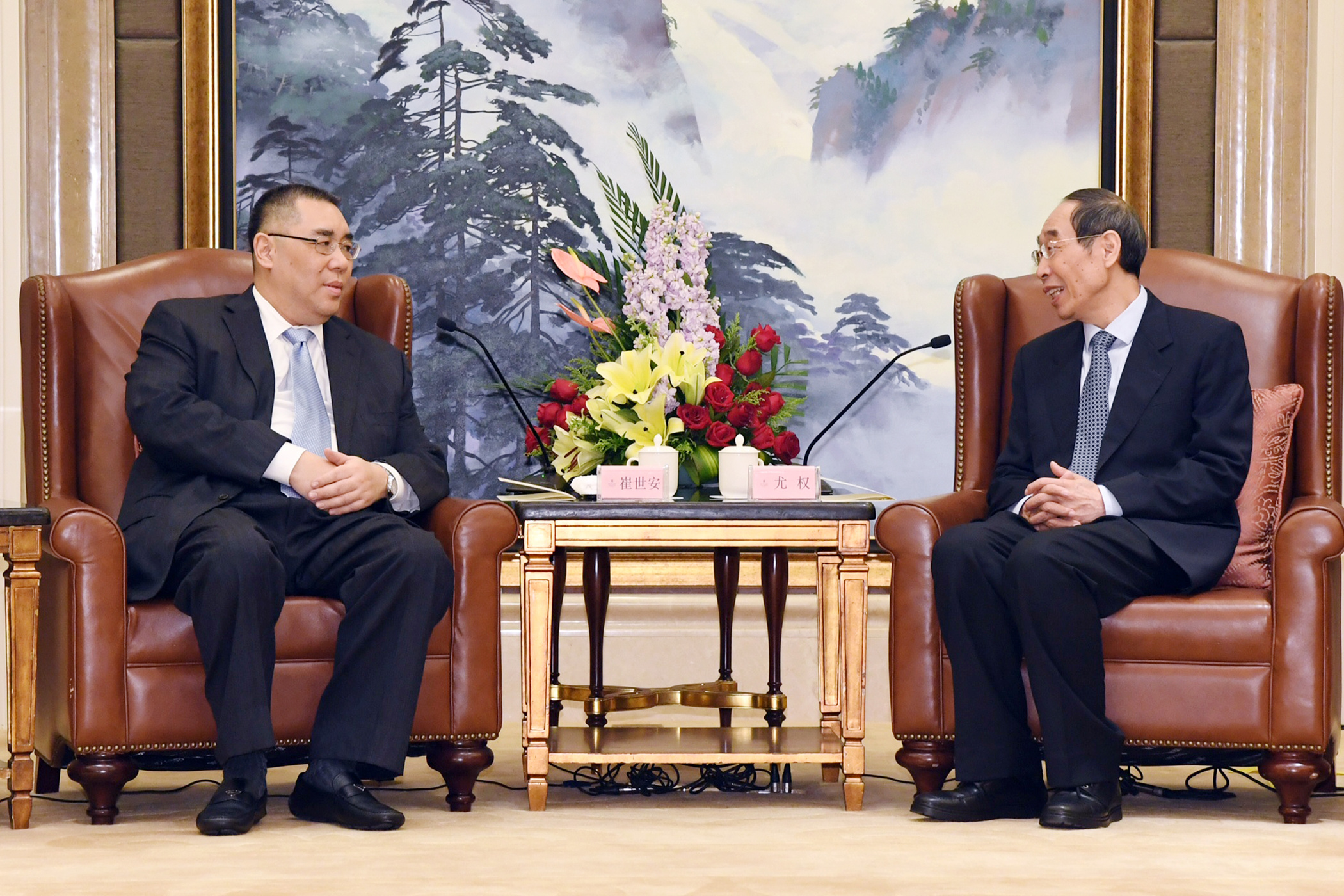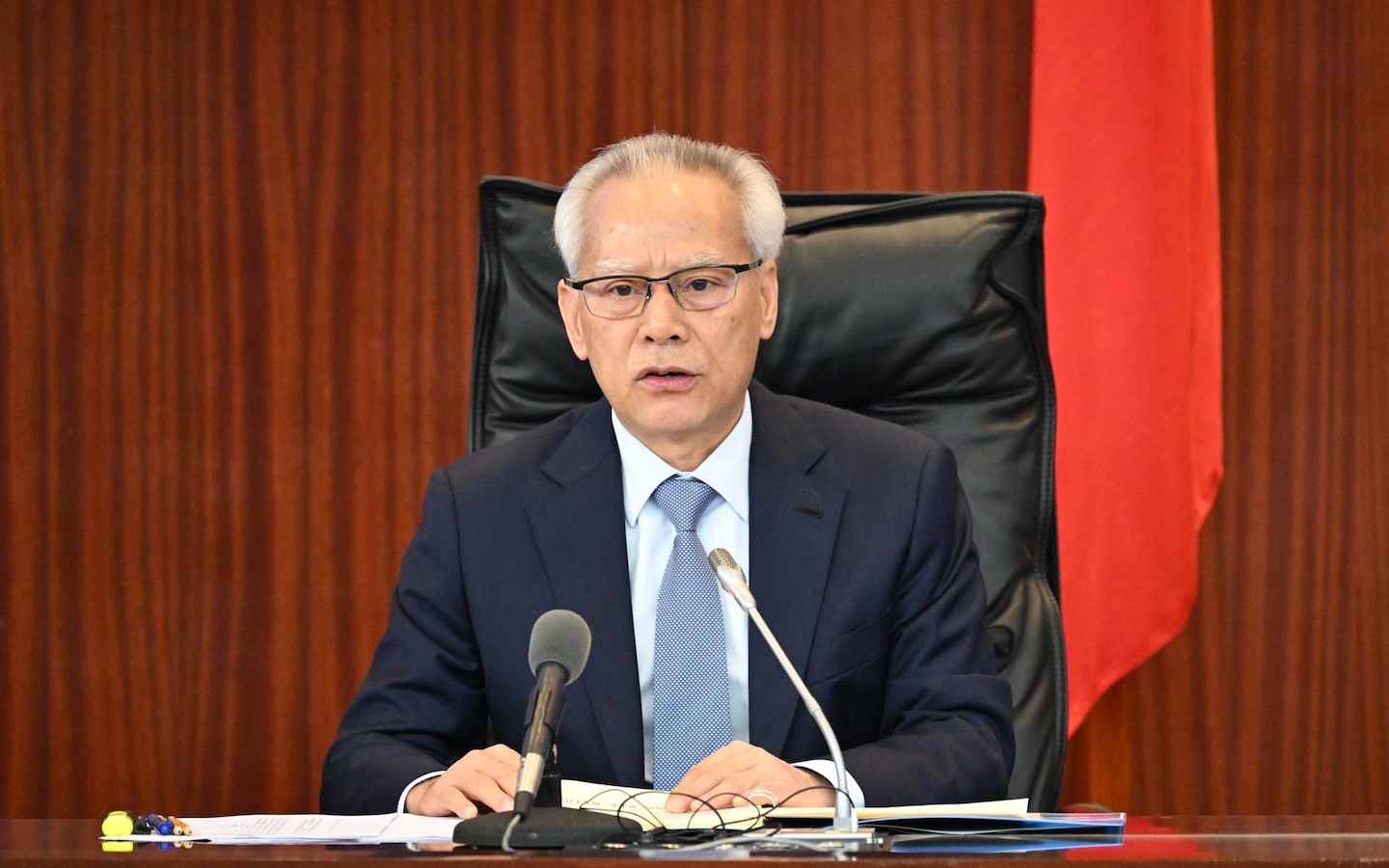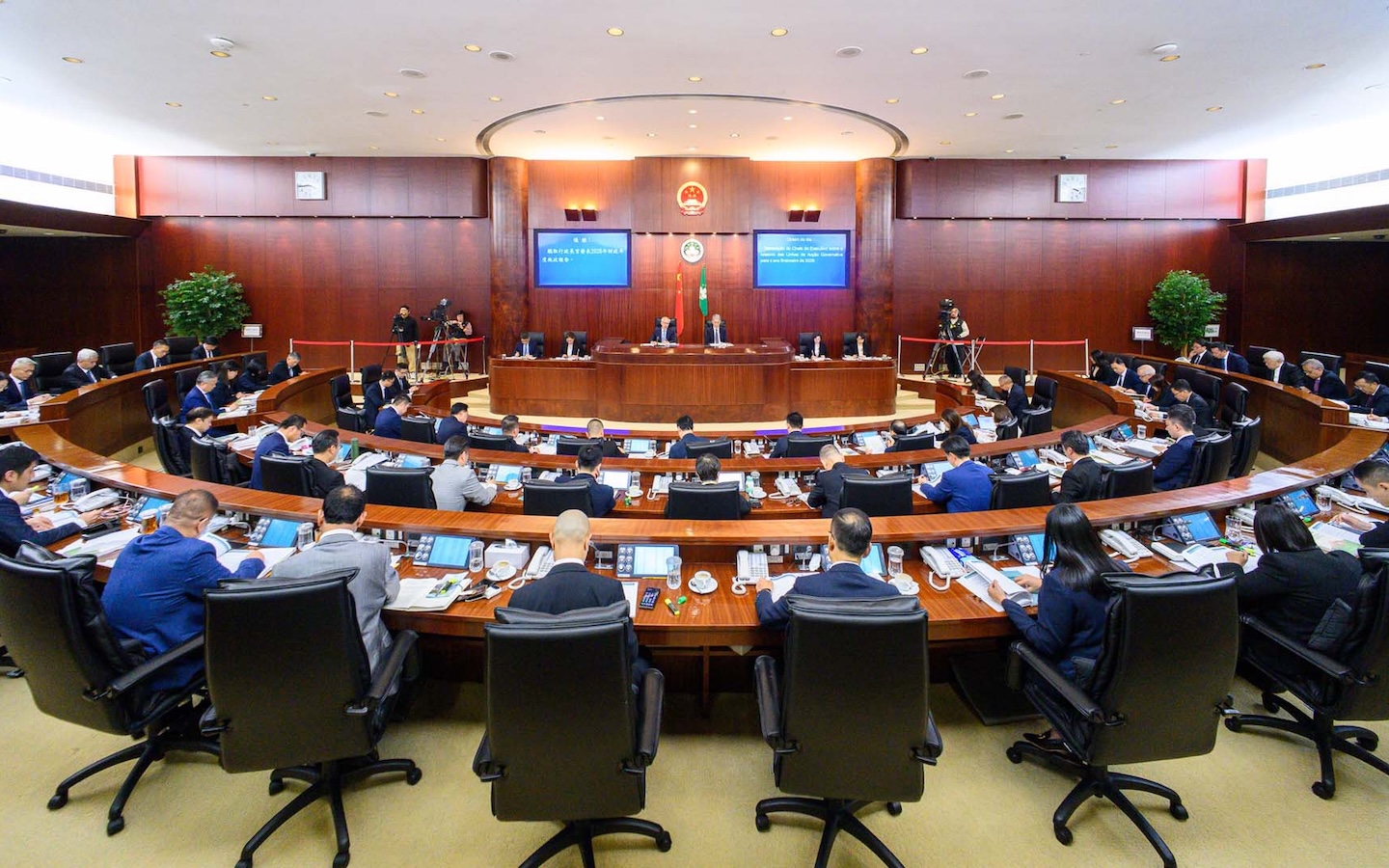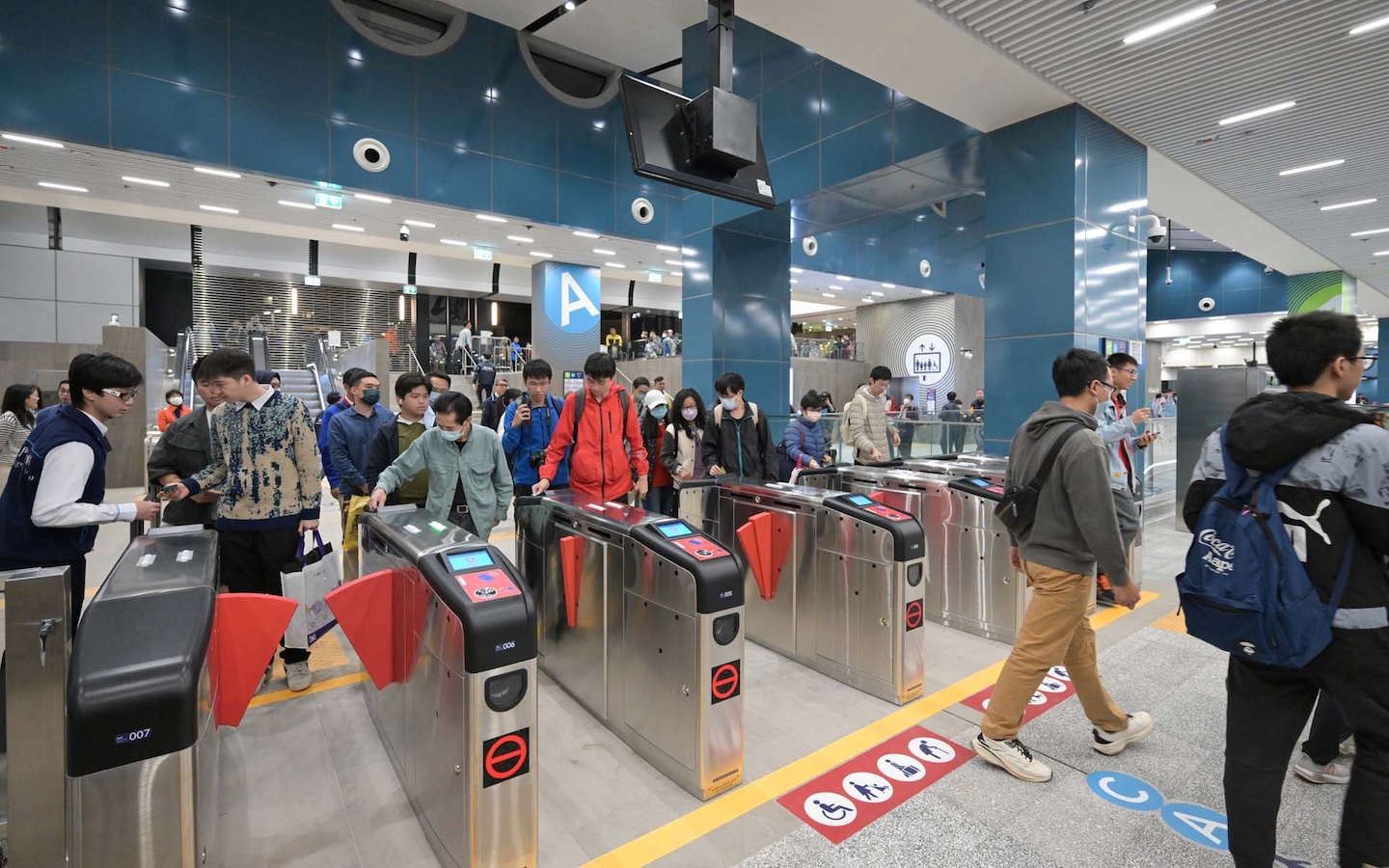2017 marked by the Chinese initiative
The Chinese Central Government’s Belt and Road initiative is set to mark Macao’s political and economic agenda in 2017. For the last two years, leading groups, companies, figures and institutions have become increasingly aware of the importance of the Belt and Road and the advantages it could bring to the territory.
The participatory role of Macao in the Belt and Road initiative was clearly outlined for the first time in March 2015 in a document jointly issued by the National Development and Reform Commission, the Ministry of Foreign Affairs and the Ministry of Commerce of the State Council.
An excerpt of that document reads as follows: “We should give full scope to the role of Qianhai (Shenzhen), Nansha (Guangzhou), Hengqin (Zhuhai) and Pingtan (Fujian) deepening their co‑operation with Hong Kong, Macao and Taiwan and help build the Guangdong‑Hong Kong‑Macao Greater Bay Area (…) We should leverage the unique role of overseas Chinese and the Hong Kong and Macao Special Administrative Regions (SARs) and encourage them to participate in and contribute to the Belt and Road Initiative.”
When the Macao government presented the first Five‑Year Development Plan in 2016 for the 2016‑2020 period, it indicated that necessary steps would be taken, specifically regarding the Portuguese‑language countries, to actively participate in the 21st century Maritime Silk Road, a key component of the Belt and Road.
In October 2016, Chinese Premier Li Keqiang visited Macao to preside over the Forum Macao Ministerial Conference. He reaffirmed the importance of the Belt and Road initiative with respect to the Portuguese‑speaking countries, stating that the Chinese Central Government would strongly support Macao’s participation in the initiative.
In November, Macao Special Administrative Region Chief Executive Chui Sai On presented his policy address for 2017 to the Legislative Assembly, emphasizing that his administration would take full advantage of the support granted to Macao by the Central Government for the construction of Belt and Road.
Leong Vai Tac, secretary for Economy and Finance and Tam Chon Weng, secretary for Social Affairs and Culture, have reiterated in recent months the advantages of Macao’s participation in the initiative.
Besides serving as a platform to connect China and Portuguese‑speaking countries vis‑à‑vis the Belt and Road and the Maritime Silk Road, the initiative will also boost Macao’s role as a hub for tourism, increasing connections between this region and the rest of the world, taking advantage of eventual input to the project from overseas Chinese associations.
Chui visited Fuzhou and Guangzhou to discuss the Belt and Road
In February, Macao Chief Executive Chui Sai On visited the capitals of Fujian and Guangdong provinces to study potential mutual co‑operation in the Belt and Road context. The year 2017 thus began with the Macao government taking another important step on the path to achieving the initiative, focusing on those two provinces, which have historical ties to both the Maritime Silk Road and Macao.
At the end of the Fuzhou visit, where he met with the province’s governor, Yu Weiguo, Chui stated that both Macao and Fujian aim to jointly participate in the Belt and Road initiative. Both Chui and Yu stressed the importance of using the two regions’ advantages with respect to geography, human and cultural relations to join forces and coordinate participation in the Belt and Road.


Fujian province is a part of the core Maritime Road region, while Macao serves as a platform for Portuguese‑speaking countries and for the outreach to Chinese communities in Southeast Asia. Their mutual relations ensure that there is a great deal of potential to undertake and carry out joint actions.
The visit resulted in an agreement that Macao and Fujian would boost Belt and Road‑related co‑operation. Macao’s role as a platform for services and trade co‑operation between China and Portuguese‑speaking countries was highlighted, along with the desire to enhance co‑operation between Fujian and countries taking part in the Belt and Road initiative. Macao also proposed coordinating with Fujian in areas such as tourism, conventions and exhibitions, bringing benefits to both regions.
Chui Sai On then travelled to Guangzhou, the capital of China’s Guangdong province, where the two governments agreed to take the necessary steps to integrate Macao’s development policies in the Belt and Road, specifically to make the territory “an international tourism hub and economic platform” and support Guangdong’s efforts to achieve their targets.
After the meetings between Chui Sai On and Guangdong governor Ma Xingrui and Guangdong Communist Party Secretary Hu Chunhua, the two governments agreed to promote participation in the Belt and Road by improving co‑ordination between Macao’s Office of the Chief Executive and Guangdong Province’s Office for Hong Kong and Macao Affairs.
The two sides also agreed to boost relations in the areas of trade and investment, using Macao as a platform for services and trade co‑operation between China and the Portuguese language countries and Southeast Asia. Guangdong and Macao will continue to publicise abroad the specific advantages of each region, jointly taking part in conventions and exhibitions to promote investment and bilateral co‑operation with other countries. They will also continue working to firmly establish the Guangdong‑Hong Kong‑Macao Greater Bay Area, a major goal for China. Moreover, they consider tourism and Chinese traditional medicine important aspects to develop with associations of overseas Chinese and Portuguese‑speaking countries, so they can be included in the Belt and Road initiative.
Finally, the two governments affirmed that they were determined to strengthen mutual relations, especially among the two regions’ young people, fostering conditions that enable them to set up and develop their own businesses.


One more step for Macao to participate in the Belt and Road
In early March the government established a working committee for the city’s participation in the Central Government’s Belt and Road, according to an announcement in the Official Gazette. One of the duties of the committee is to coordinate the planning for the city to participate in, as well as contribute to the initiative. The committee will also promote studies to formulate respective policies.
The committee, chaired by the Chief Executive, consists of his five policy secretaries, the chief‑of‑cabinet of the Chief Executive, the government’s spokesperson, a representative from the Macau Foundation, two representatives from the Policy Research Office and two representatives from the Chief Executive Office, as well as a representative from each of the five police secretaries’ offices.
By paving the way for the next stages of Macao’s participation in the Belt and Road, Chief Executive Chui Sai On gave clear indication that the proposals for economic, social and cultural development envisaged for the Special Administrative Region are clearly integrated in the major objectives of this Chinese Central Government initiative.



